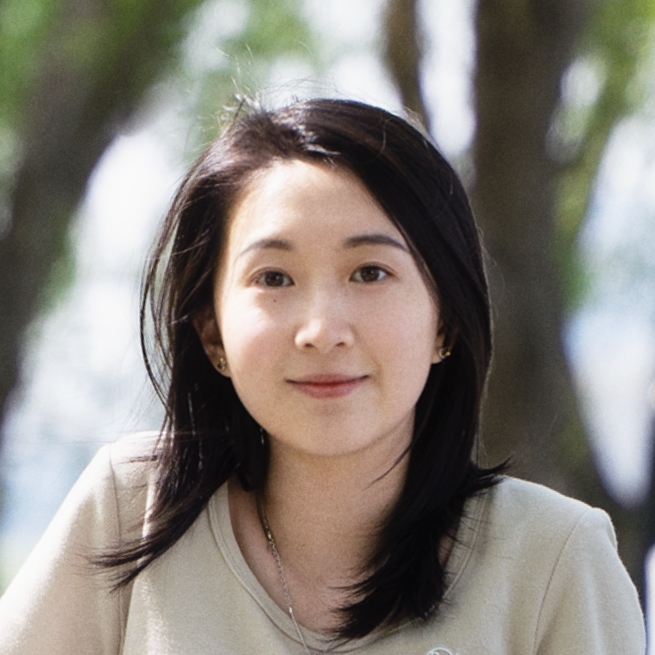
FusionDeformer: Text-guided Mesh Deformation using Diffusion Models
The Visual Computer (Special Issue of CGI’2024), Springer, 2024, 39(9-11)
Hao Xu, Yiqian Wu, Xiangjun Tang, Jing Zhang, Yang Zhang, Zhebin Zhang, Chen Li and Xiaogang Jin*
Abstract:
Mesh deformation has a wide range of applications, including character creation, geometry modeling, deforming animation, and morphing. Recently, mesh deformation methods based on CLIP models demonstrated the ability to perform automatic text-guided mesh deformation. However, using 2D guidance to deform a 3D mesh attempts to solve an ill-posed problem and leads to distortion and unsmoothness, which cannot be eliminated by CLIP-based methods because they focus on semantic-aware features and cannot identify these artifacts. To this end, we propose FusionDeformer, a novel automatic text-guided mesh deformation method that leverages diffusion models. The deformation is achieved by Score Distillation Sampling (SDS), which minimizes the KL-divergence between the distribution of rendered deformed mesh and the text-conditioned distribution. To alleviate the intrinsic ill-posed problem, we incorporate two approaches into our framework. The first approach involves combining multiple orthogonal views into a single image, providing robust deformation while avoiding the need for additional memory. The second approach incorporates a new regularization to address the unsmooth artifacts. Our experimental results show that the proposed method can generate high-quality, smoothly deformed meshes that align precisely with the input text description while preserving the topological relationships. Additionally, our method offers a text2morphing approach to animation design, enabling common users to produce special effects animation.
Recommended citation:
coming soon.

